
On a recent trip to Cocodrie, Louisiana, we had a little trouble finding redfish. We scoured the marshy banks, scanning against mangroves and oyster beds looking for the legendary bull reds we’d been expecting. While we did eventually manage to track a few down, it was tough, and one of the reasons we threw out there was due to the tide or, in this case, the lack thereof.
As you’ll learn in this article, learning how tides work and how to fish along with them, is a key aspect of saltwater fly fishing. It’s also pretty complicated. Literally, the cosmos is in charge of when high tides come in and low tides go out, which leaves many anglers staring into the abyss wondering why they’re stuck on a sandbar with no fish in sight. It’s a constant chess match, but once you learn the rules, you’ll be well on your way to learning.
With that in mind, we’re covering the rules today, as well as a few techniques for pulling one over on your next saltwater target.
What are Tides?
Tides, in a way, are how the oceans breathe. There are high tides (the inhale) and low tides (the exhale), each of which generally occur twice every 24 hours and 50 minutes — two high tides and two low tides. As the names imply, the water level rises during the high tide and lowers during the low tide. As for the cause for tides, it comes down to gravitational pull from the moon. There are two lunar “bulges” during the tidal cycle — one when the moon is closest and another when the moon is farthest away — each of which creates a high tide. The low tide occurs in the exact moments in-between those two lunar “bulges.”
There are some shorelines that only experience one high tide and one low tide per day as well. And, the makeup of an area’s coastline will affect the tide levels as well. Things like rocky shores, gradual beaches, water depth, and more, will affect the timing and how pronounced the tides are as well. The amount change between high tides is referred to as the tidal range or “swing,” which can vary greatly depending on conditions, location, and geography.
When is High Tide and When is Low Tide?
The timing of the tide is entirely dependent on conditions. This could include the general geographic area, the time of year, weather conditions, and several other factors. Long story short, you need to check it daily if you want any kind of idea as to how the water is moving. There are a lot of great resources and apps for tracking tides, including NOAA, Smart Fishing Tides, Ayetides, Tide Charts, and more.
As a real-world example, let’s take a look at NOAA’s tide prediction for Cocodrie, Louisiana. For October 31 to November 1, 2022, their charts predict a low tide (.01 feet) at 3:41pm, high tide at 4:22am (1.47 feet), another low tide at 4:46pm (.08 feet), and another high tide at 5:25pm (1.36 feet). If you do the math, you’re looking at a tidal range of about 18 inches.
Now, let’s look at a more extreme example. Anchorage, Alaska, has one of the largest ranges in the United States. For October 31 to November 1, 2022, NOAA is predicting a high tide at 12:37pm (26.58 feet), low tide at 6:38pm (9.09 feet), high tide at 12:22am (26.93 feet), and a low tide at 7:40am (2.69 feet). You’re looking at a whopping 25-foot tidal range, enough to reveal and cover substantial features like islands and sandbars in a single day.
How do Tides Affect Redfish Behavior?

In this article, we’re mainly talking about redfish just to narrow down the subject matter a bit. But, keep in mind that tides affect just about every saltwater species in the world and you can most likely apply this information to other species like bonefish, permit, tarpon, and dozens more.
When you think about fish behavior and tides, you need to think about two factors: access and movement. First, as water levels rise and lower, areas are going to become more and less accessible depending on environmental conditions. For example, shallow flats become key feeding areas for redfish during a high tide, but may become inaccessible during a low tide. The same can be said for oyster beds, channels, and shallower ponds and inlet areas.
Second, and most importantly, the tides create movement. It’s not about high tide being “better” or low tide being “better.” Instead, think again about the tides as a breathing motion for the water, each inhale and exhale bringing in valuable nutrients, crab, shrimp, baitfish, and a variety of food sources for redfish. If it weren’t for tides, the water that redfish feed heavily in would become stale and lifeless – hence our experience in Louisiana on a fairly static tide. Less movement means less food which means less redfish. It’s as simple as that.
How to Fish With the Tide
So, what does this mean for anglers? Let’s dive in.
Know the Area
First, you need an in-depth understanding of the contours of a fishery, which is why hiring a guide is key. If you’re new to an area, we wouldn’t suggest taking your boat out unless you’ve spent some time on the water with a professional first. Outside of fishing, low tides can create dangerous low points for boats, where motors can catch on sand and oyster bars. Alternatively, high tides can hide structures that would’ve been easily visible just a few hours before. Or, high tide can lure you into an accessible area, eventually leaving you stranded by low tide when the water recedes. Just about any experienced saltwater fisherman probably has a story about spending an afternoon waiting for high tide or running their boat aground. Know the geography and how to navigate the space before you ever head out to fish.
Track the Tides
As we mentioned before, there are plenty of apps and websites that can help you predict the tidal patterns for any given day. Write down the high and low tide predictions before you head out, so you can predict which areas will be accessible and which areas will not. We’d never say that you should cancel a trip simply because of high tide or low tide, but it will be helpful to know if the flats have opened up or tighter canals will be reachable through small passes. A general rule of thumb is that fishing will be best two hours before low tide or two hours before high tide. While this may not always be true, this is an indicator that areas have had a chance to fill with food and nutrients.
Up or Down
As you head out, figure out if you’re fishing a rising tide or a falling tide because those patterns will definitely affect redfish behavior. If you’re fishing a rising tide, new areas are being filled with food sources and fish are most likely going to be in hunting mode, tracking prey and feeding in shallow areas. If you’re fishing a falling tide, food sources are most likely being pulled away from shallow areas toward deeper water. This is a great time to focus on channels and pinch points where a high concentration of baitfish, shrimp, and crabs may be pushed through on a dropping tide. If you can find those points, you can find redfish.
What’s the Swing?
Another thing to keep in mind is how drastic the tidal range or swing is in your given area. In our example earlier, Cocodrie has a fairly light swing on October 31, while Anchorage’s is massive. The greater the strength of the tide means the more material will get kicked up and drawn into shallow areas of the fishery. Now, depending on the area you’re fishing, this could either be good news or bad news. It could mean a high amount of food sources for redfish, but it could also mean muddy water from the tides churning against the ocean floor. It’s all dependent on what’s normal in the area you’re fishing.
Ultimately, the concept of tides is pretty simple. You just need to remember high, low, and what the difference between the two means for fishing. The most complicated part is learning navigation and that only comes from insider knowledge and experience. Get to know an area near you, hire a fishing guide, and get used to reading tide predictions, and you’ll be well on your way to the obsession known as chasing redfish — and all the highs and lows that come with it.


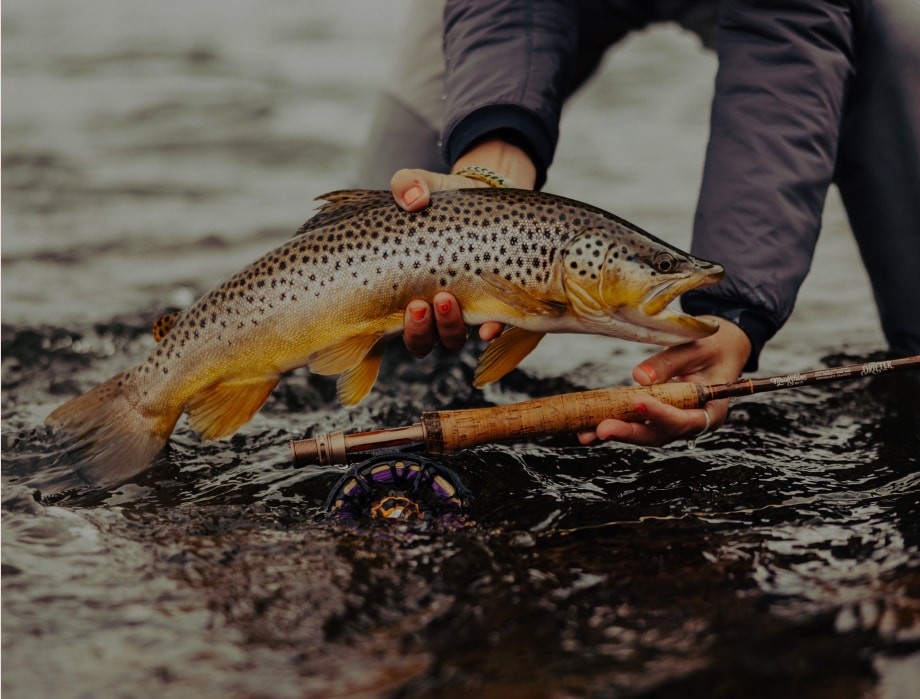
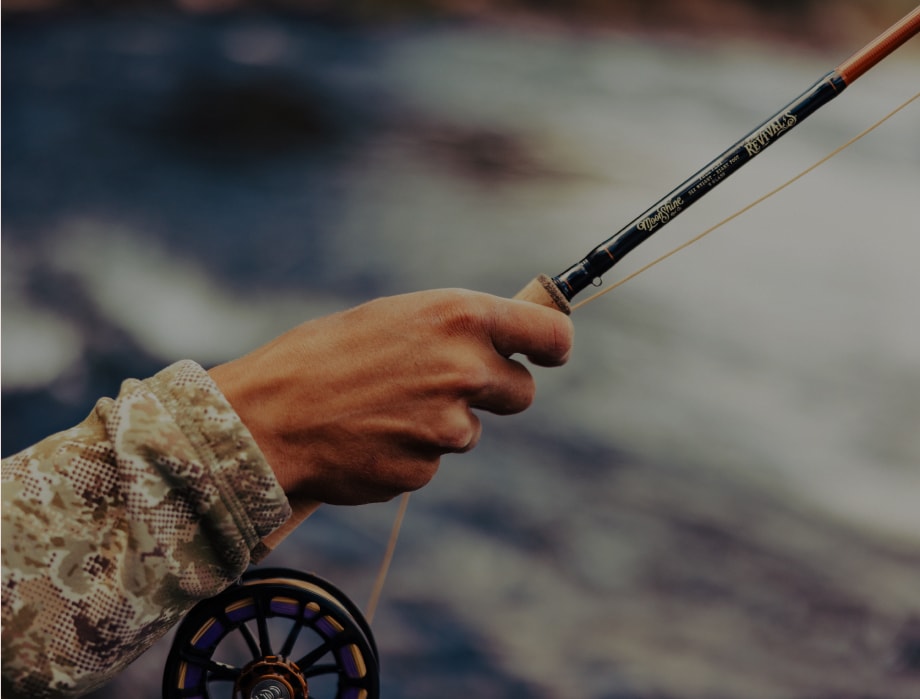
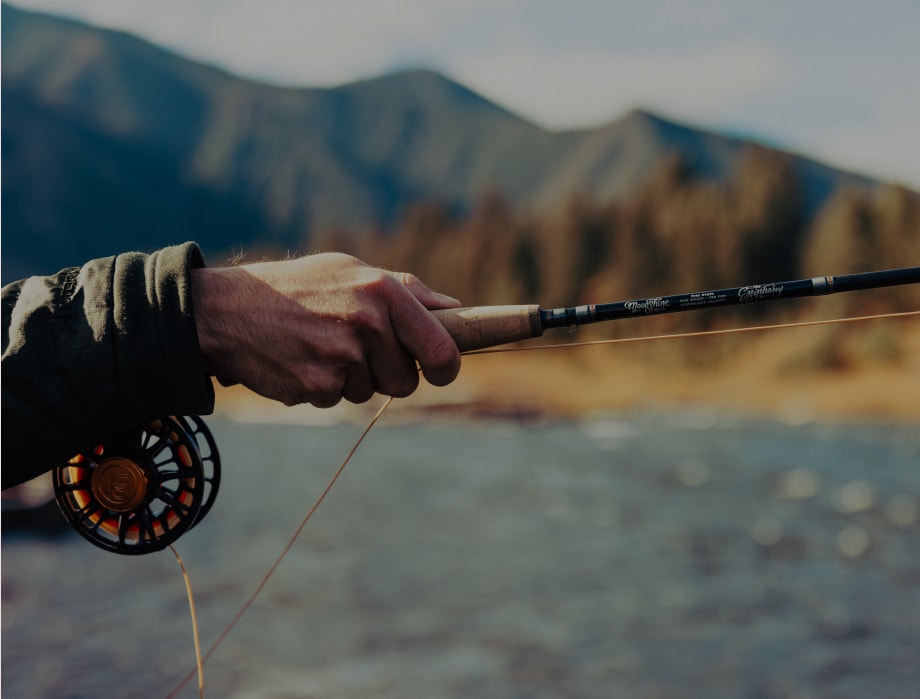
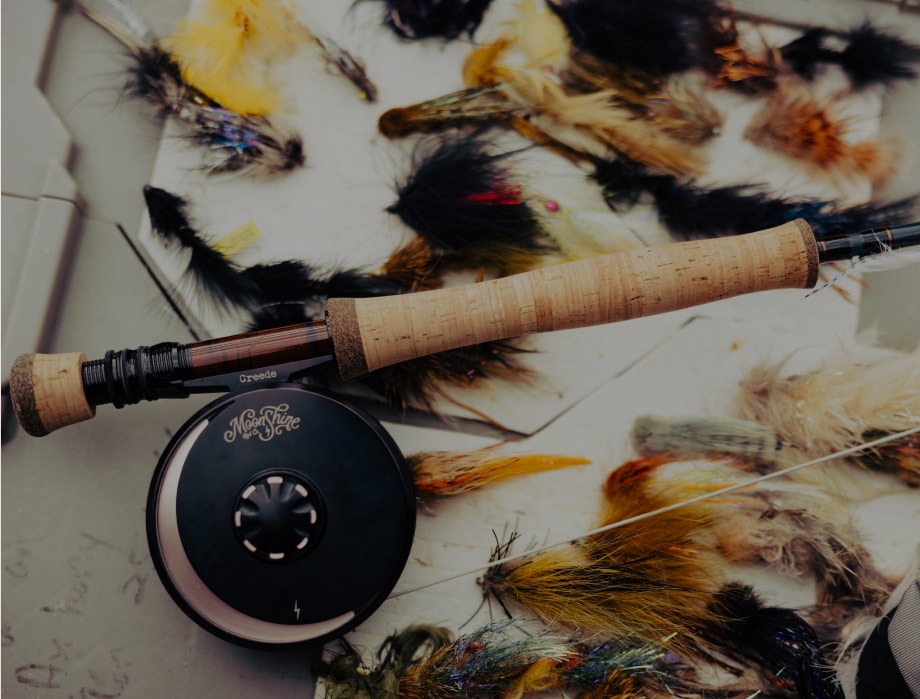
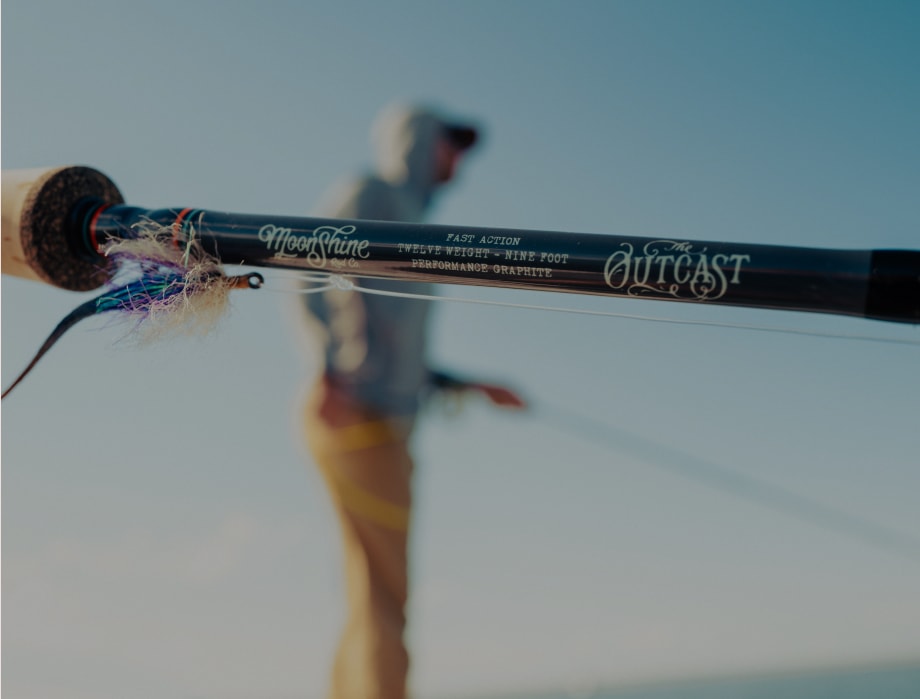
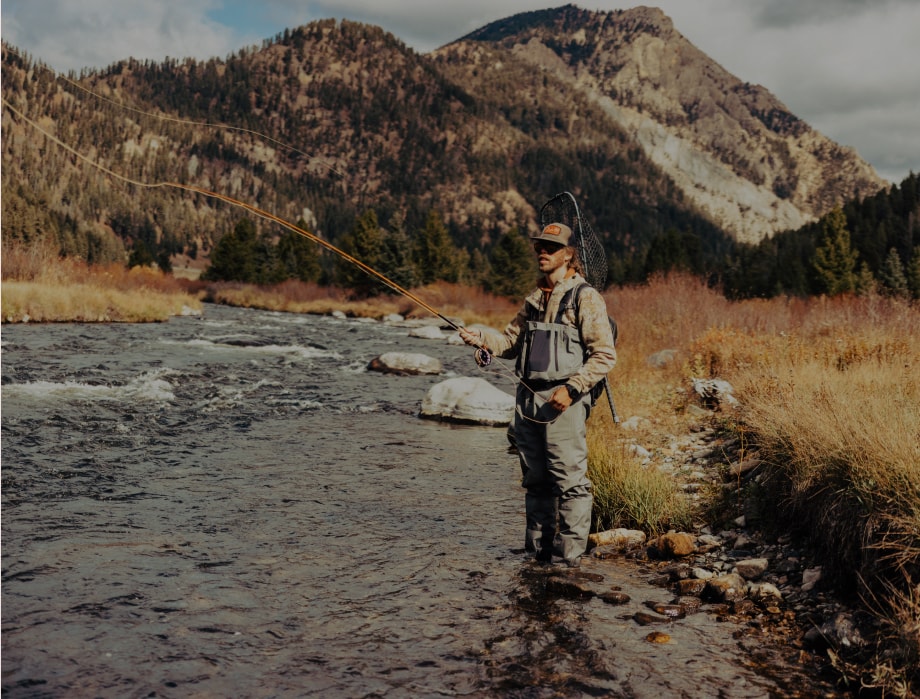
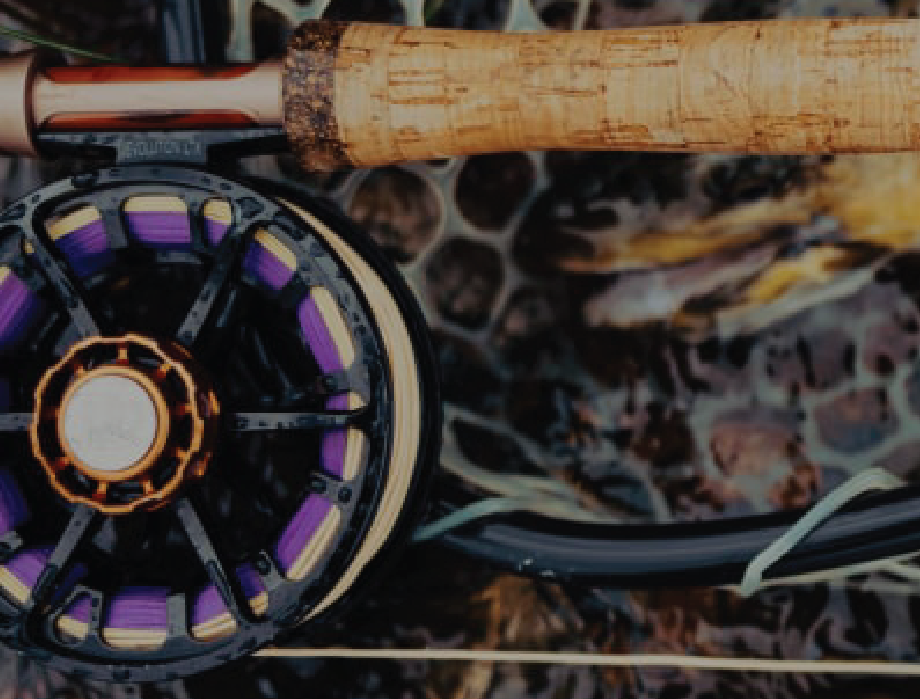
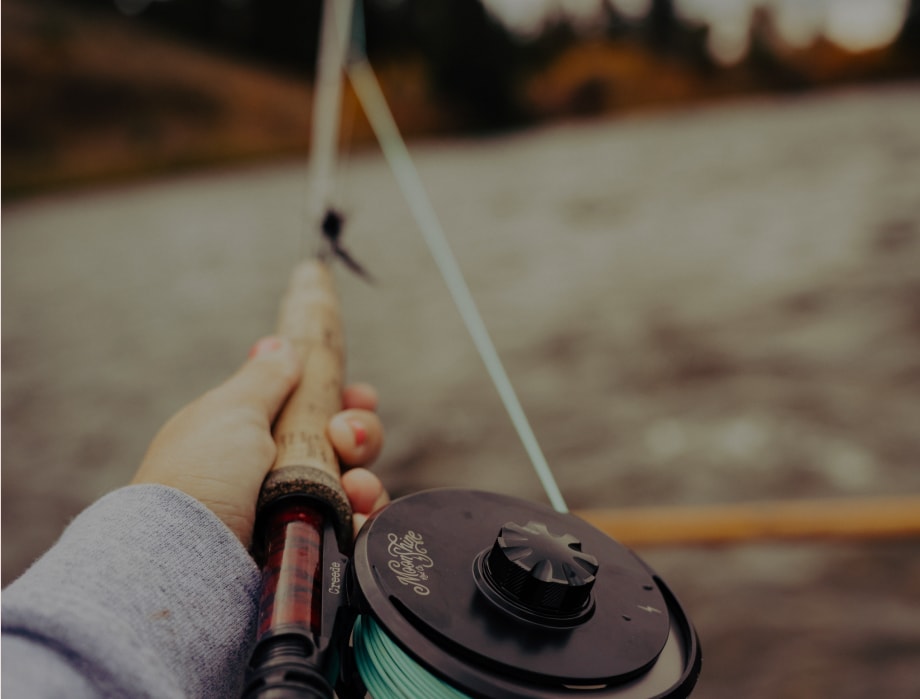


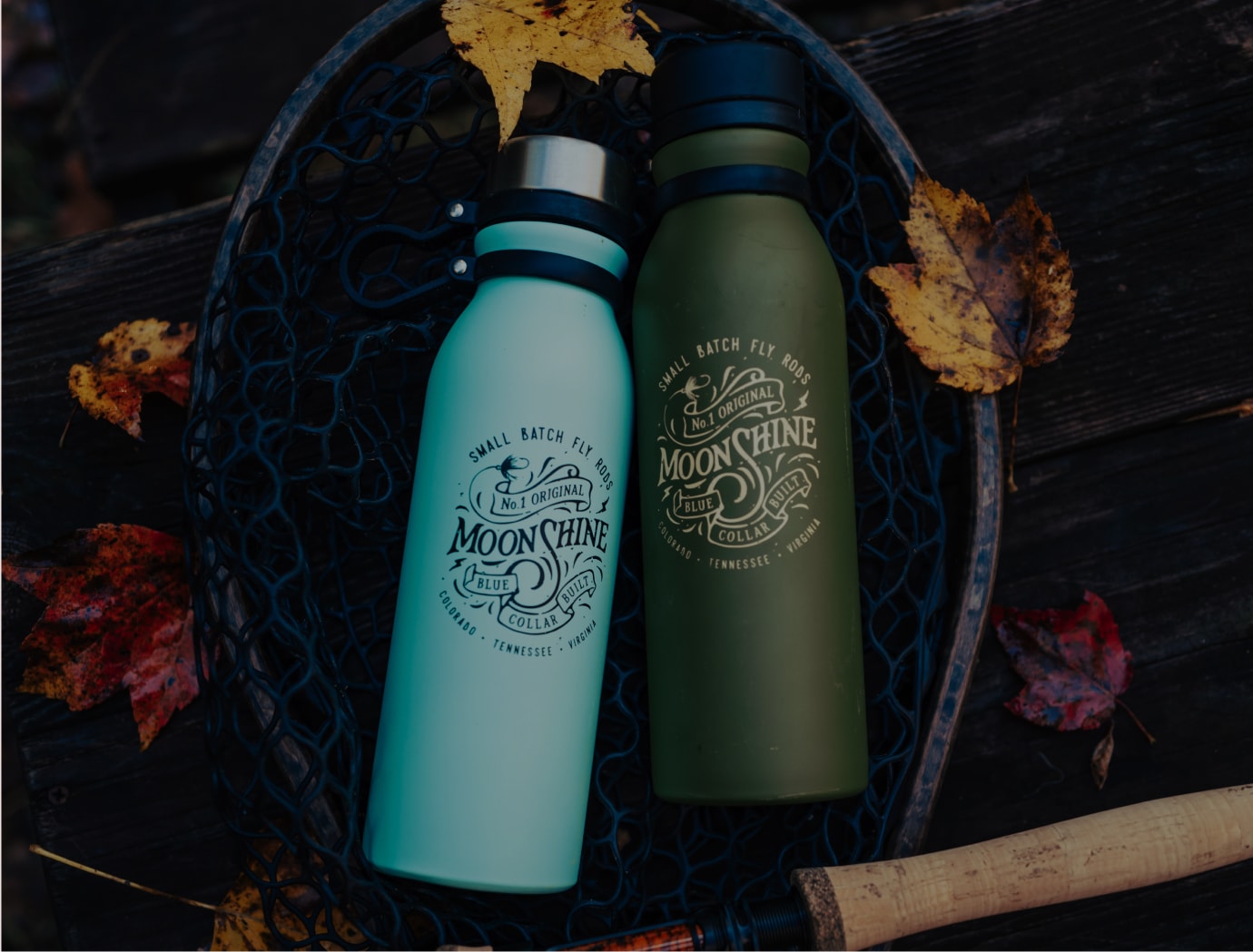

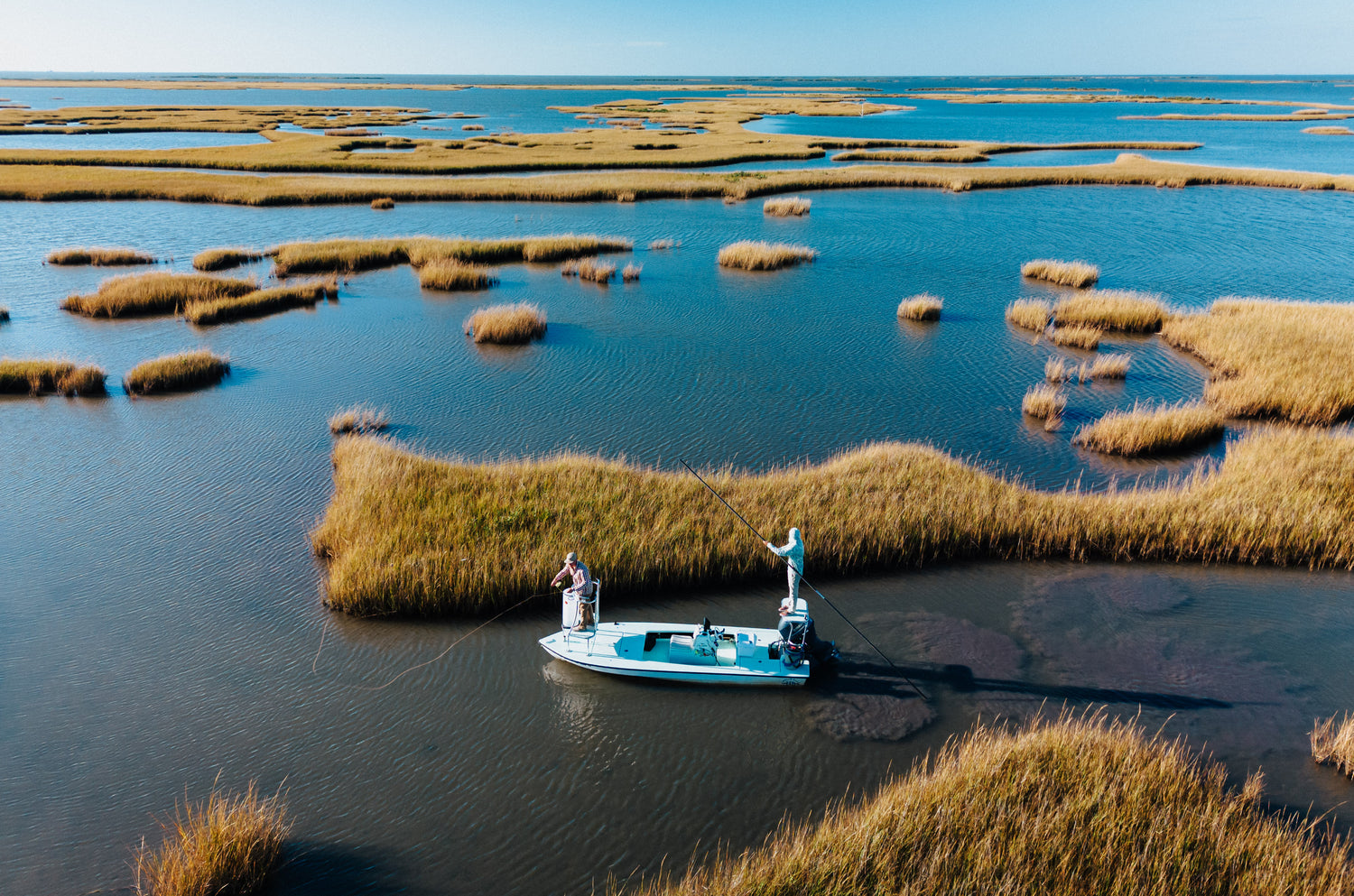
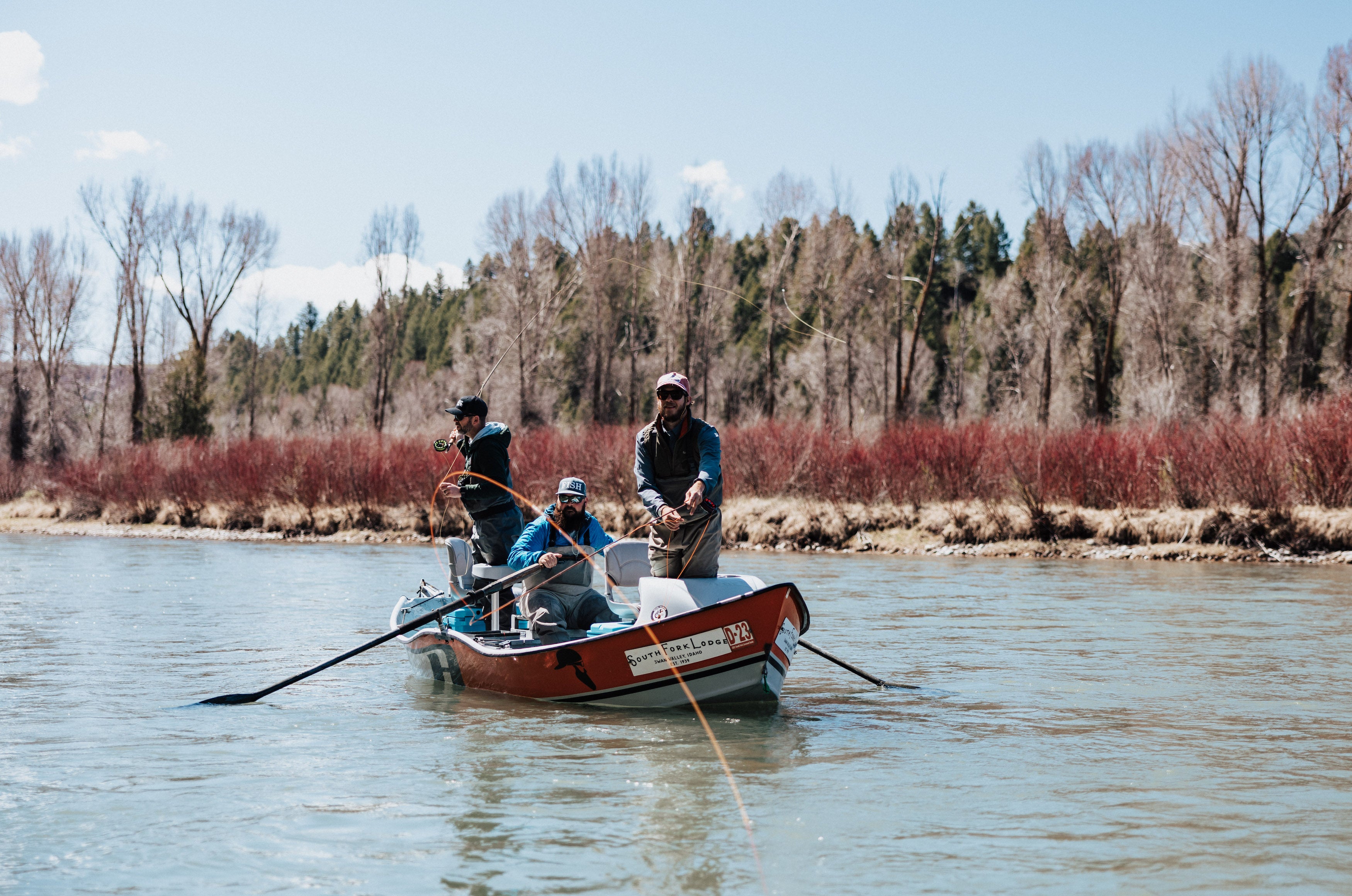

Leave a comment
All comments are moderated before being published.
This site is protected by reCAPTCHA and the Google Privacy Policy and Terms of Service apply.